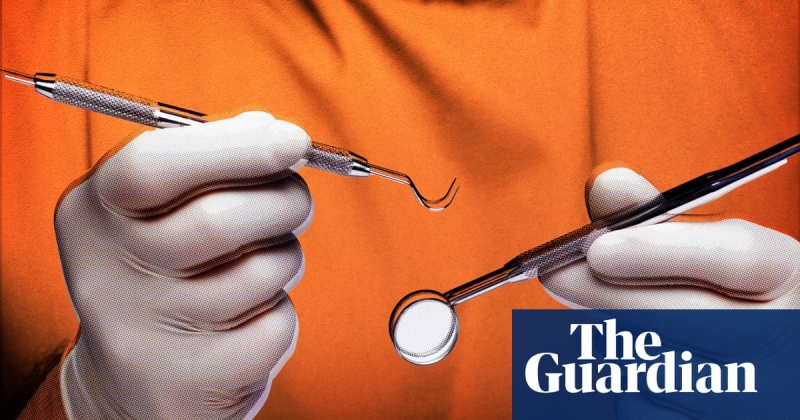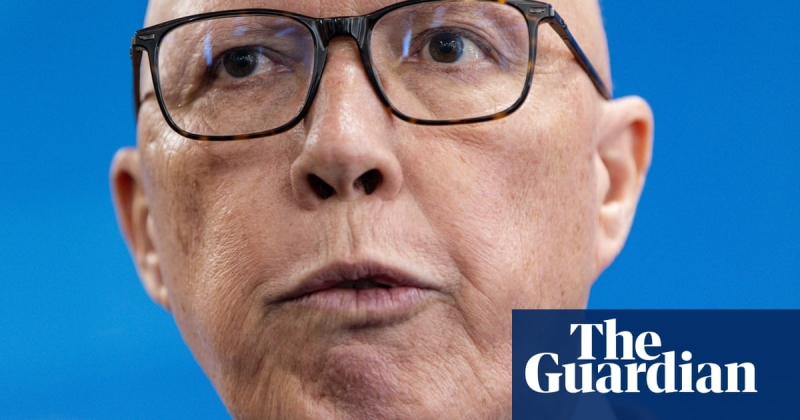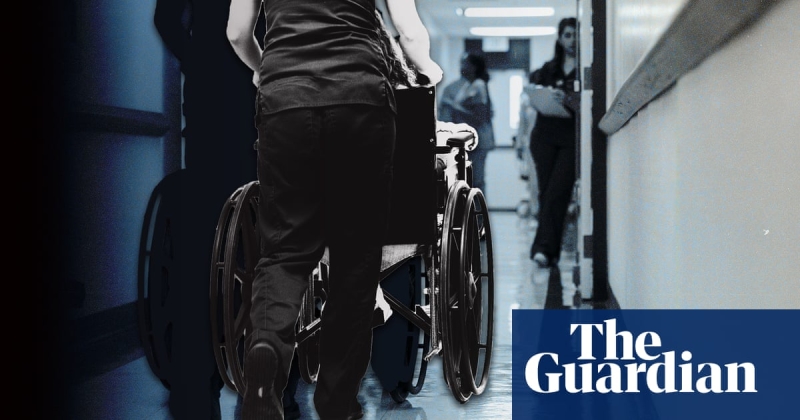Half of all government spending on dental care goes to private insurance rebates – meaning those without often skip treatment until things get worse
Patients bear the brunt of dentist fees. But of the $1.3bn the federal government spends on the nation’s teeth, more than half goes to subsidising the uptake of private health insurance.
The inequality of Australia’s dental care system can be seen in the numbers, says Peter Breadon, the health program director at the Grattan Institute.
As people who cannot afford dental bills delay or skip treatment, untreated dental decay is on the rise and record numbers are turning up to hospitals for dental procedures, Breadon said.
“It is a big problem, and it’s a growing problem as the impact of missing out on care builds up and as our population gets older.”
Of all areas of health, the share of the cost borne by the patient for dental care is far higher than the other services, and according to Breadon it’s being driven by dental care sitting outside the Medicare system.
Breadon said, according to Grattan research, the share the patient pays for dental care is nine times higher than GP visits, five times higher than for medicines on the pharmaceutical benefits scheme “and that is why over 2 million people say they delay or skip dental care”.
According to latest Australian Institute of Health and Welfare (AIHW) data, Australia spends more than $12bn on dental services. More than 61% of that cost falls to the individual, health insurance funds cover 19%, and the federal government 11% and state governments 8%.
“We’ve seen the consequences of that [system],” Breadon said, “with record numbers of people – over 80,000 – turning up to hospitals last year for dental procedures, including getting teeth removed, many of which could have been avoided if people had good access to dental care.”
A 2023 Senate inquiry called for the government to put “the mouth back in the body” by creating universal access to dental healthcare. That would mean expanding coverage under Medicare or a similar scheme.
This, the inquiry said, would address the nation’s two-tiered dental system where “around half of Australians have acceptable oral and dental health and adequate access to services, and the other half do not”.
Of the $1.36bn the federal government spent on dental services in 2022-23, about $825m went to premium rebates.
Most Australians with private health insurance receive a private health insurance rebate – a contribution from government based on income, age and family status – to help pay the cost of their premiums.
Of the $2.35bn total expenditure from all levels of government – including $995m investment in the same period by state and local governments to run public dental services – premium rebates accounted for more than a third of spending.
Dr Ankur Singh, the chair of Lifespan Oral Health at the University of Sydney, said the insurance rebate exists to help relieve the public health system – but with dental it does not make a difference because so many low-income people cannot access public dental services.
Public dental services meet just one-fifth of the needs of already limited eligible groups, he said.
Insurance premium rebates only benefits those who can afford private health insurance, he said.
“People experiencing social disadvantage are punished twice,” he said.
Breadon agreed spending on premium rebates does not benefit the most disadvantaged, although he said some older people who may not be high-income earners have private health insurance.
The remainder of the federal government’s $1.36bn spending on dental includes $90m for the Department of Veterans’ Affairs’ dental scheme and $446m for expenses, including the Child Dental Benefits Schedule (CDBS), and supporting state and territory public dental services.
The CDBS covers part or the full cost of some basic dental services for children whose parents receive some Centrelink payments.
In the 2023-24 financial year, a spokesperson for the Department of Health and Aged Care said more than 2.4 million children were eligible for the scheme, but only 39.2% used it. A 2023 review found usage much lower for rural children, First Nations children and children with disability.
“Work is under way to further promote the CDBS to eligible families to encourage increased take up of the scheme,” the spokesperson said.
Breadon said Australia needs to move towards a universal scheme for dental.
According to a Grattan report, the Greens’ plan for universal dental, which cost more than $20bn a year once phased in, could be slashed to $7bn if it excluded cosmetic treatments and orthodontics, capped funding and targeted investment in underserved areas.
Breadon described current access to dental a “very unfair system”.
“Skimping on dental care is a false economy,” he said. “It does lead to these long-term costs that involve people going to hospital for expensive treatments that could have been avoided.”
A Department of Health and Aged Care spokesperson said work is underway to develop a new national oral health plan for 2025-34to improve oral health and reduce inequalities.
The government supports access to dental care through state and territory funding agreements for public hospitals and adult public dental services, the National Health Reform Agreement, and grants to the Royal Flying Doctors Services, they said.





